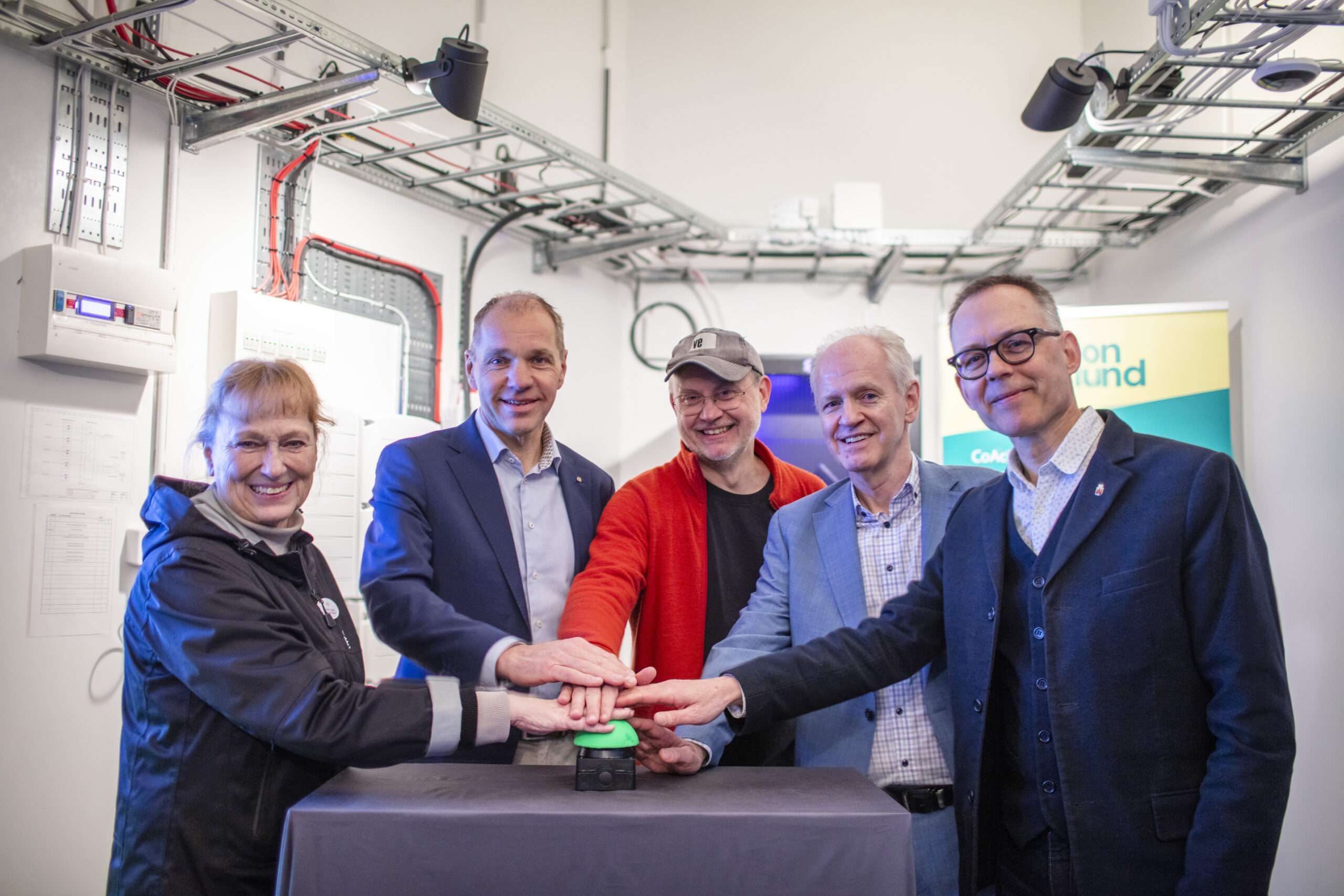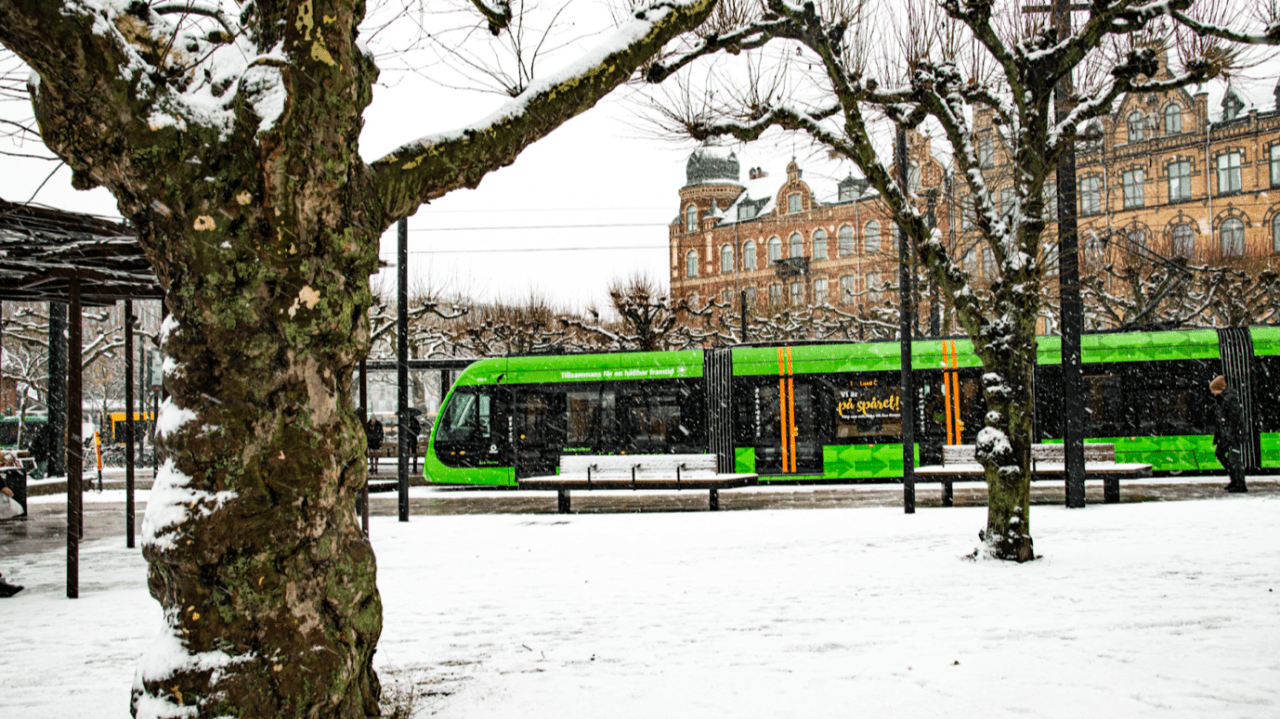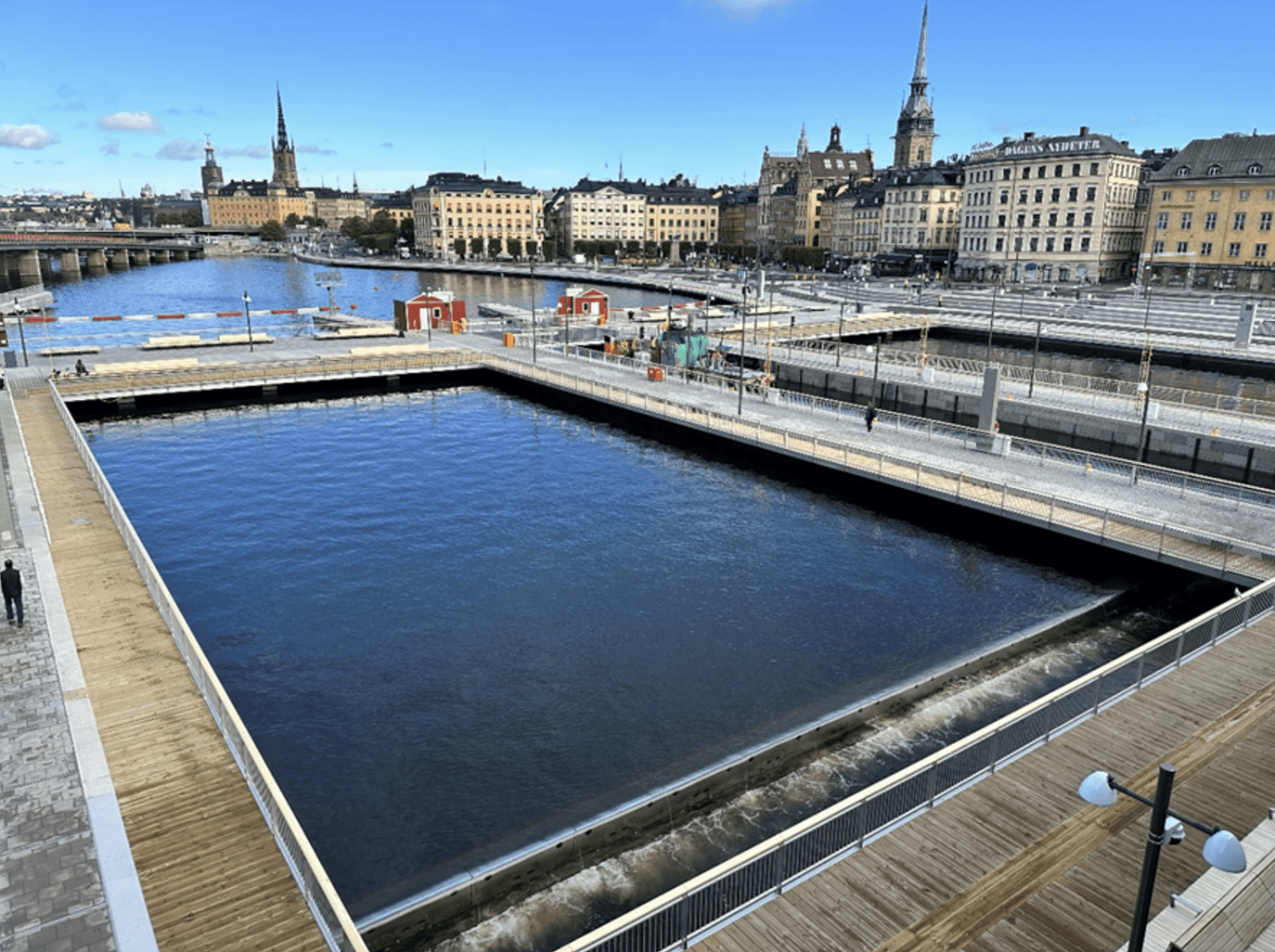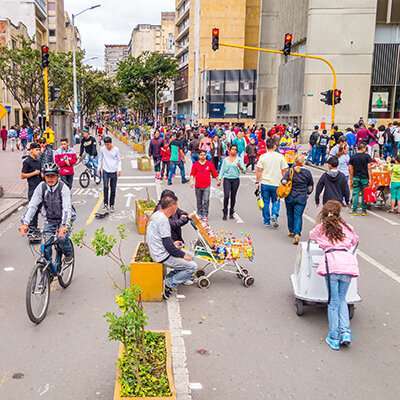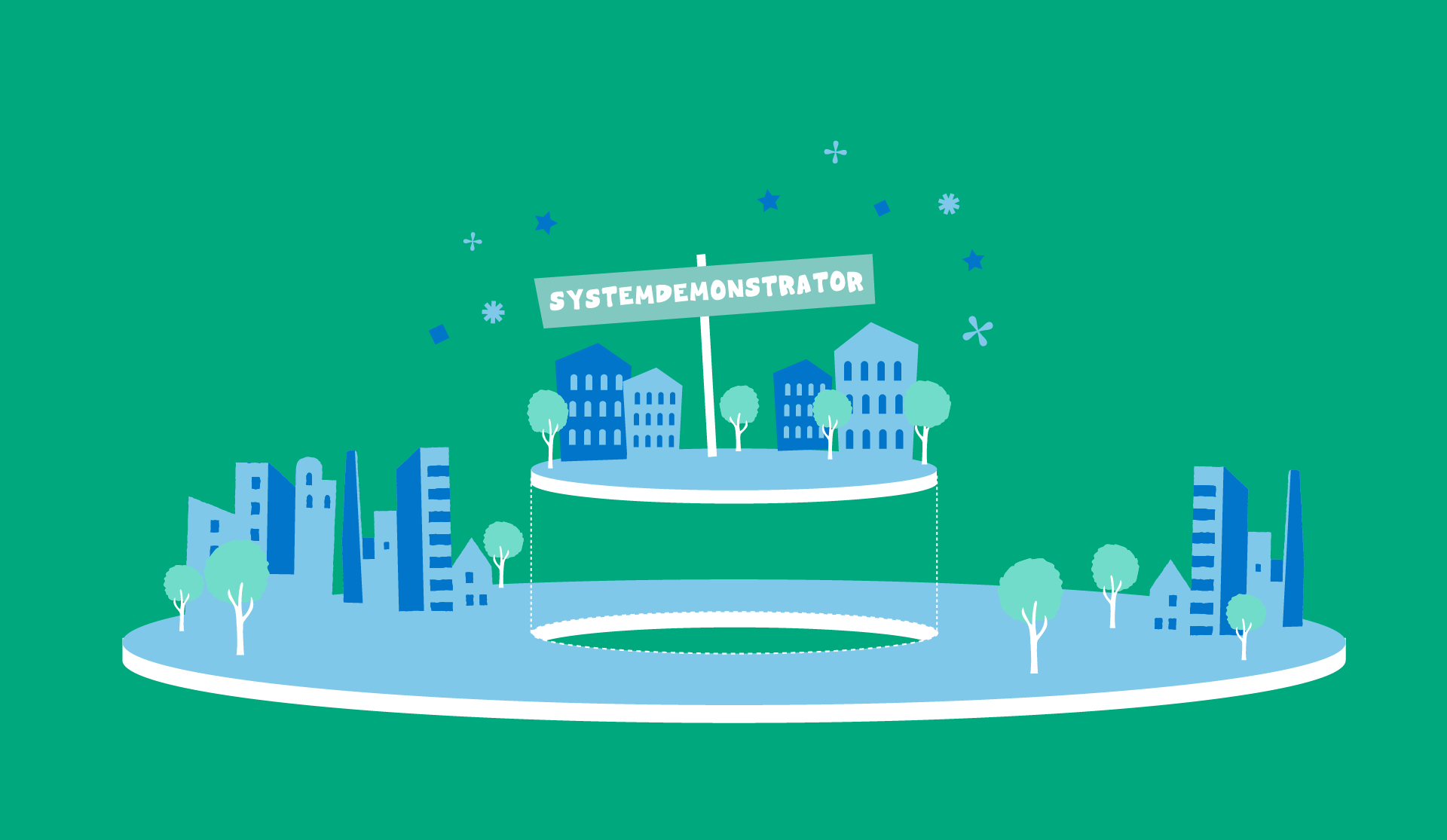
The City of Stockholm and its partners will work for a comprehensive transition of travel habits, land use and vehicle fleet in Stockholm's inner city. This is a step towards an emission-free inner city and a climate-positive Stockholm in 2030. In the system demonstrator, the environmental zone planned in central Stockholm will be used both as an engine and a window of opportunity in the quest for a transport-efficient and emission-free transport system that eventually extends far beyond the boundaries of the zone.



